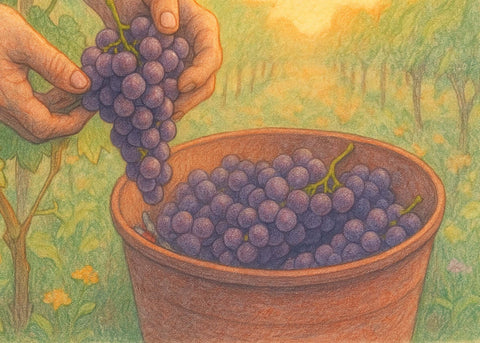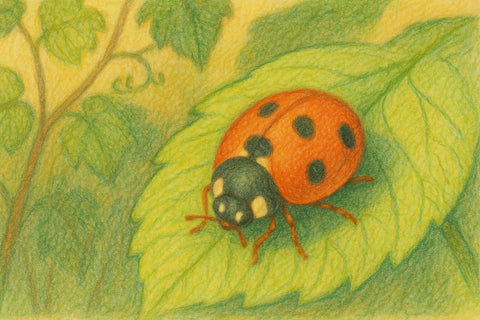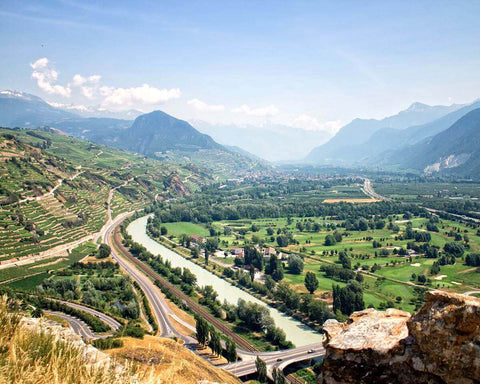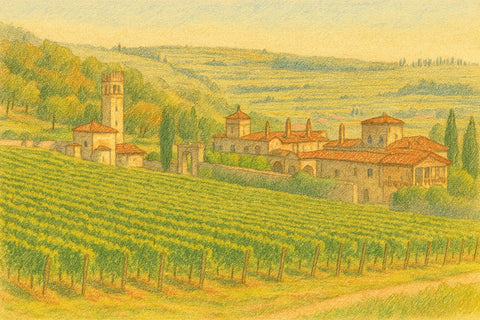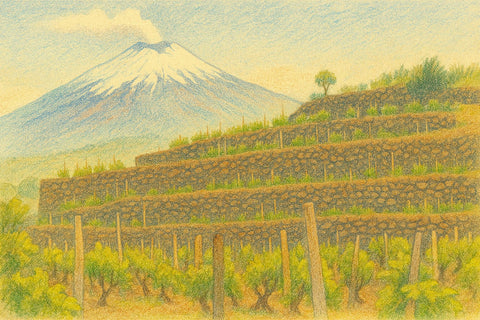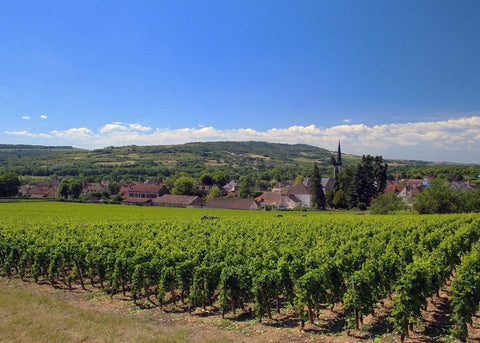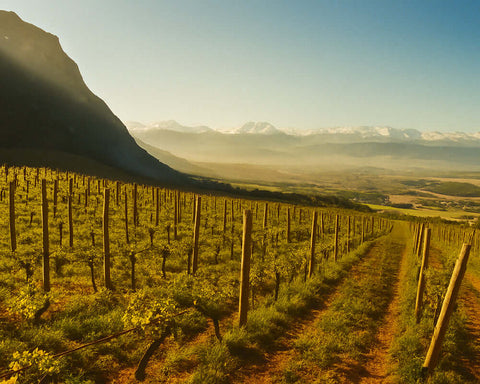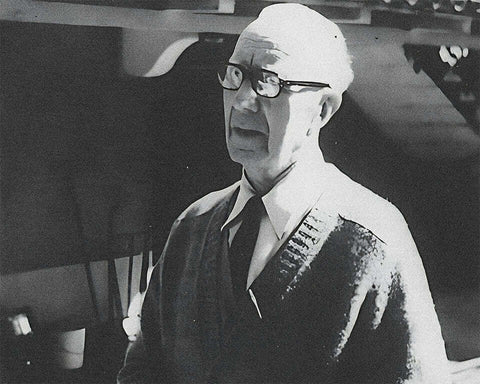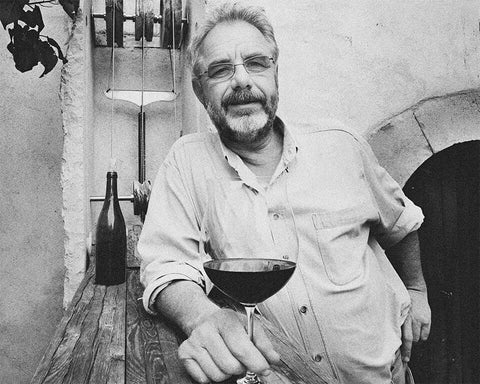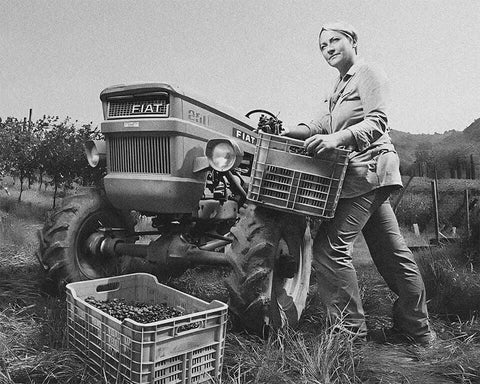Low-sulfite wine (sometimes written “low-sulfites”) refers to wines crafted with minimal added sulfur dioxide (SO₂)—often just enough to protect freshness and stability, and sometimes none at all (“no added sulfites”). Sulfites occur naturally during fermentation, so even “NAS” wines will typically contain a few milligrams per liter produced by yeast. What matters is how much is added, when, and why. This guide defines low-sulfite wine clearly, lists widely used thresholds, explains why many natural wines are low- or no-SO₂, and shows you how to choose bottles confidently.
Quick Navigation
- Definition
- Common thresholds & labeling basics
- Why winemakers add SO₂ (and when they don’t)
- Natural wine & sulfites: how they relate
- How low-sulfite wines are made successfully
- What they taste like & how they age
- How to shop: labels, cues, and smart picks
- FAQ: headaches, sensitivity & storage
Low-sulfite wine: the one-minute definition
Low-sulfite wine is wine produced with reduced additions of SO₂ throughout the process (harvest, fermentation, aging, bottling). The goal is to preserve aroma, texture, and a vivid sense of place without relying on routine, heavy dosing. “No added sulfites” means the winemaker did not add SO₂, but trace amounts formed naturally (yeast produce it). “Sulfite-free” as an absolute is a myth in still wine.
Common thresholds & labeling basics
Regulations vary by country and wine style. These widely referenced numbers help you decode what “low” means in practice:
- EU conventional (dry wines): up to ~150 mg/L total SO₂ (red) and ~200 mg/L (white/rosé). Sweeter wines are allowed more.
- EU organic (dry wines): typically ~100 mg/L (red) and ~150 mg/L (white/rosé) maximum total SO₂.
- USA labeling rule: the phrase “Contains sulfites” is required when total SO₂ is ≥10 mg/L (≈10 ppm).
- “No added sulfites” (NAS): producer adds 0 mg/L; natural fermentation still contributes small amounts (often <10–20 mg/L total).
- Informal “low-SO₂” targets used by many minimal-intervention producers: keep total SO₂ ≤30–50 mg/L for dry wines, or add ≤30 mg/L only at bottling. (Not a law—more a community benchmark.)
Tip: “Total SO₂” measures all bound + free sulfur; “free SO₂” is the active antioxidant portion. Both matter for stability and sensory impact.
Why add SO₂ at all?
Sulfites are time-tested for two jobs:
- Antioxidant: slows browning and aroma loss from oxygen.
- Antimicrobial: discourages spoilage microbes after fermentation.
Thoughtful low-SO₂ producers ask, “What’s the least we need?” They often skip early additions (at crush) and—if chemistry is sound—add a very small, final dose at bottling or none at all.
Why natural wine is usually low or no-SO₂
Natural wines are made with minimal intervention: native fermentations, no flavor-engineering additives, and little to no fining/filtration. Within that philosophy, winemakers prioritize process discipline (clean fruit, steady temps, oxygen management) over chemical “insurance.” As a result:
- Many natural wines have no SO₂ added (NAS) or a single, very small dose at bottling (often ≤30 mg/L).
- Healthy grapes from organic/biodynamic farming reduce the need for antimicrobial protection later.
- Producers accept that micro-variations (vintage, vessel, pH) are part of authentic expression—without defaulting to high SO₂.
How low-sulfite wines are made well (without drama)
- Immaculate fruit & picking calls: harvesting clean, balanced grapes reduces microbial risk.
- Native ferments done right: strong, complete fermentations leave fewer nutrients for spoilers (learn more: what is yeast).
- Oxygen control: topped vessels, inert gas on transfers, and gentle racking keep oxidation in check.
- Cool, clean cellar: temperature, sanitation, and sulfur-free cleaning regimens matter more when SO₂ is minimal.
- Selective clarification: light settling or minimal filtration when the wine needs it; many remain unfined/unfiltered.
- Data-driven bottling: measure pH, VA, dissolved oxygen, and free/total SO₂; add a tiny dose—or none—based on risk.
What low-sulfite wines taste like (and how they age)
- Aromatics: often brighter and more detailed when fruit is pristine; reduced SO₂ can unmask delicate esters.
- Texture: vivid, sometimes more tactile—especially with skin-contact whites and pét-nats.
- Clarity vs haze: low-SO₂ wines may be lightly hazy if unfiltered. Haze ≠ fault.
- Aging: many are best within a few years; structured, well-made reds and amphora/concrete-raised whites can age beautifully. Store cool and steady.
How to shop & read labels
- Label language: Look for “no added sulfites,” “bottled with minimal SO₂,” or producer tech sheets listing total SO₂ (mg/L).
- Style cues: fans of snap and freshness should explore glou-glou reds, skin-contact whites, and pét-nat.
- Start curated: browse editor picks in our Best Sellers to find consistently well-made low-SO₂ bottles.
- Allergies vs sensitivity: remember the U.S. “Contains sulfites” line appears at ≥10 mg/L total—even on NAS wines (yeast-derived sulfites).
FAQ: health, headaches & storage
Is low-SO₂ wine healthier? “Low-sulfites” describes cellar technique, not a medical claim. Wine contains alcohol; moderation is essential. If sulfites bother you, low-SO₂ or NAS wines are worth testing—talk to your physician if you suspect intolerance.
Do sulfites cause headaches? Headaches are multifactorial: alcohol/dehydration, histamines, tannins, sugar, and individual sensitivity all play roles. Many foods contain more sulfites than wine.
How should I store low-SO₂ wine? Keep bottles cool (≈12–14 °C / 54–57 °F), dark, and steady; stand up pét-nats and crown-caps. Chill lightly before opening and consume within a day or two after opening (a fridge helps).
Keep exploring: compare approaches in organic wine and biodynamic wine, and discover low-intervention bottles in our natural wine collection.
